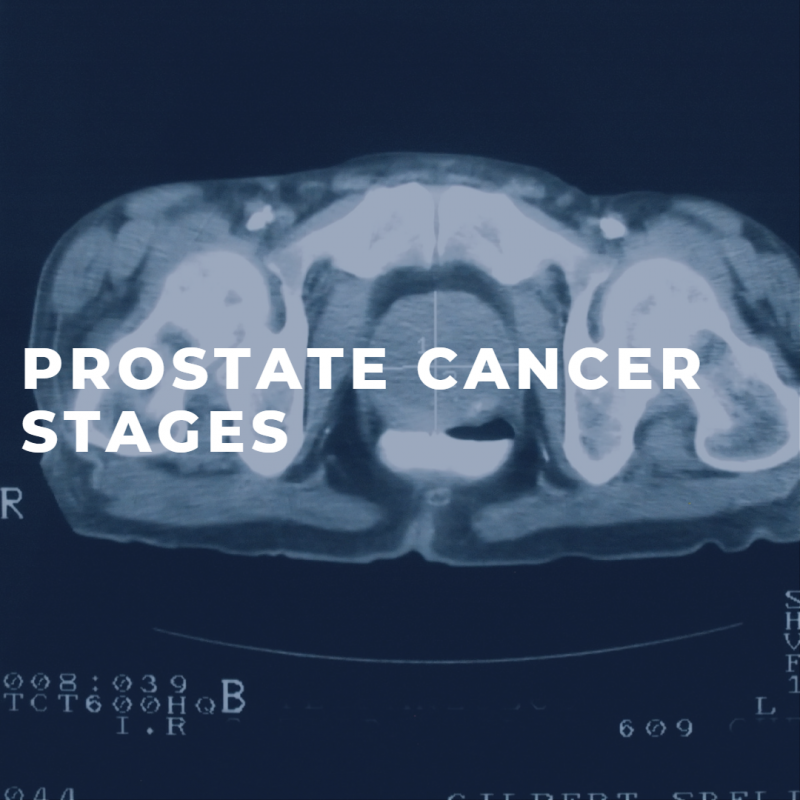Prostate Cancer Stages

- ,
- , Articles
Share this post
In this article, we will be outlining the predominant prostate cancer stages. Prostate cancer is a condition that affects the prostate gland, which is part of the male reproductive system. Prostate cancer is one of the most common cancers that affect men. In fact, it is estimated that one in nine men will be diagnosed with prostate cancer in their lifetime. Understanding the different stages of prostate cancer is crucial for effective treatment and management of the condition. In this article, we will discuss the different stages of prostate cancer and what they mean.
What are the different prostate cancer stages?

There are four different stages of prostate cancer. Doctors determine each stage based on how far the cancer has spread beyond the prostate gland.
- Stage I: In this stage, the cancer is localized to the prostate gland. It has not yet spread to any other part of the body. Doctors often refer to this stage as early-stage prostate cancer. They usually detect it during routine screenings.
- Stage II: In this stage, the cancer is still present in the prostate gland but may have grown larger. This stage is also referred to as locally advanced prostate cancer.
- Stage III: In this stage, the cancer has spread beyond the prostate gland. In some instances, it may have invaded nearby tissues or organs. Doctors also refer to this stage as locally advanced prostate cancer.
- Stage IV: Here the cancer has spread to other parts of the body. Such as the bones, lymph nodes, or other organs. This stage is metastatic prostate cancer.
The treatment options for prostate cancer will depend on the stage of the cancer. In the early stages of prostate cancer, treatment may involve active surveillance, which involves monitoring the cancer with regular check-ups and tests. Furthermore, if the tumor has grown or spread, treatment options may include radiation therapy, surgery, or hormone therapy.
Prostate cancer symptoms aren’t always indicative of cancer

First of all, it is important to note that the symptoms of prostate cancer may not be noticeable in the early stages, which is why routine screenings are important for early detection. Symptoms may include difficulty urinating, blood in the urine or semen, erectile dysfunction, or pain in the hips, back, or chest.
In conclusion, understanding the different stages of prostate cancer is crucial for effective treatment and management of the condition. Prostate cancer has four different stages, ranging from localized cancer in the prostate gland to metastatic cancer that has spread to other parts of the body. If you experience any symptoms of prostate cancer or have concerns about your risk, it is important to speak with your doctor and discuss appropriate screening and monitoring options.
Check our resources section for further information. Where we can even help you connect with a prostate cancer survivor.
If you have any questions, or just want to talk, call us at our toll-free hotline: 1(833)HEAL-MEN. You are not alone in this journey. We are here to help guide and support you through it, every step of the way.
Or keep up to date with our virtual prostate cancer support group by following this link.




